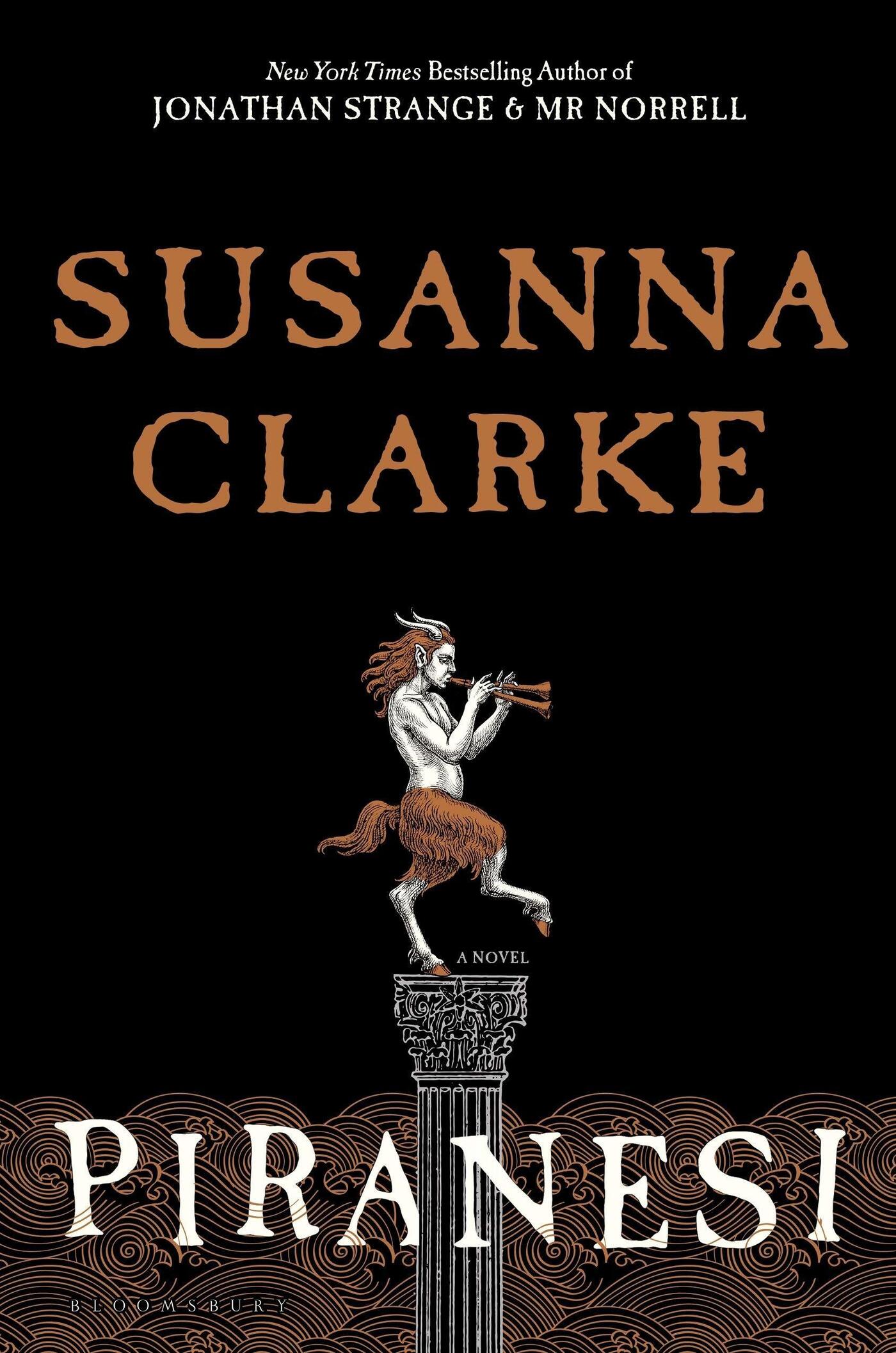

He writes, “The Beauty of the House is immeasurable Piranesi’s primary relationship is with the House, and we are soon made aware that this relationship is a spiritual one. There is a strange duck-rabbit experience when you read this novel. It is also fantasy, mystery, magical realism. Whatever I was expecting, I didn’t expect to read a psychological horror novel, and this is how I read Piranesi, though it is a mix of genres. Weaving a rich gothic atmosphere, the author of Jonathan Strange and Mr Norrell mines a darkly fantastical vision with a tale of a very singular house and its mysterious inhabitants. Beth Novey adapted it for the Web.Her new book Piranesi is published in September 2020. We caught up with Susanna Clarke to ask her about her favourite mazes and how they inspired Piranesi.
#Piranesi labyrinth windows#
I'm not too worried about him at all.Ĭonnor Donevan and Jolie Myers produced and edited this interview for broadcast. This, looking like the nightmare child of Gary Gygax and M C Escher, is one of his more labyrinthine efforts, a three-dimensional maze of stairways and walkways, complete with gibbet-like struts, barred windows and darkly suggestive ropes. Susanna Clarke is the winner of this year’s Women’s Prize for Fiction with her novel Piranesi, a gothic tale of a very singular, labyrinthine house and its mysterious inhabitants. So, yeah, I think he can go out into the world. I think he's a good character, and when my husband and I realized that the book was going to be published, we sort of looked at each other and said: How will he cope? Will he be OK? But I think he has a very strong spirit. Piranesi, he has this sort of clarity of spirit, not exactly an innocence, but. On how it feels to let this character out into the world Piranesi loves birds and somebody said: Did you put that in because you're a bird watcher? And I wasn't really a bird watcher, but Piranesi kind of taught me - after I'd written it, I went out and I got bird table, and I got bird seed, and I fed the birds, and I looked after them because I felt: Piranesi would want me to do this - so I did it. And I was writing a story about someone who lives largely alone, but in a vast house, in a house in which there are many, many things to explore and many avenues of exploration, and there's still knowledge to be found and still wonders to be seen, and there's still beauty to fill your eyes, even though you are cut off from a lot of other things. I was aware while I was writing it that I was somebody who'd become incapacitated by illness, who is to a large extent housebound and cut off from people. On the parallels between her experience and Piranesi's I very much wanted to write another big book, but I didn't feel that was a very sensible place to start.

But the pressure of all the years when I hadn't written, and all the stories I hadn't written, weighed very heavily on me. But I got to a point where I felt I could write. So at some points during my illness, I suffered very badly with cognitive impairment, with what they call brain fog. I have chronic fatigue or something very like that. And for the last 15 years, I've struggled with ill health. The reason the reason is very, very simple: Very shortly after Jonathan Strange & Mr Norrell was published, I fell ill. On why this novel is so much more compact than her first Interview Highlights The pressure of all the years when I hadn't written, and all the stories I hadn't written, weighed very heavily on me. The statues and the house all feel generally overwhelmingly benevolent to him and he feels like he is in communion with them, like he is sort of almost having a conversation with the world in which he finds himself."Ĭlarke struggled for many years to write this new book - more on that in the conversation below - but she says "it's very, very good to be back." "He's in a very strange and in some ways inhospitable place, but he doesn't feel it's inhospitable," Clarke explains. He catches fish in the oceans that roar through rooms down below. The fictional Piranesi explores the massive halls lined with towering statues. They're meant to be gloomy, but I find them quite attractive." I must admit, I kind of want to go to those fantastic prisons. "They could possibly be real places, but quite dark and looming. "He did some engravings of fantastic prisons which have haunted my imagination for a long time," Clarke says. His name comes from a real-life person, Giovanni Battista Piranesi, an 18th-century architect and artist. Her latest is called Piranesi - that's also her narrator's name - and his whole world is a strange, labyrinthine house. Now, 16 years later, Clarke is focused on feeling locked in.

That blockbuster book was all about escape. Susanna Clarke's debut novel, Jonathan Strange & Mr Norrell, was a sweeping page turner about ancient magic set during the Napoleonic Wars.


 0 kommentar(er)
0 kommentar(er)
